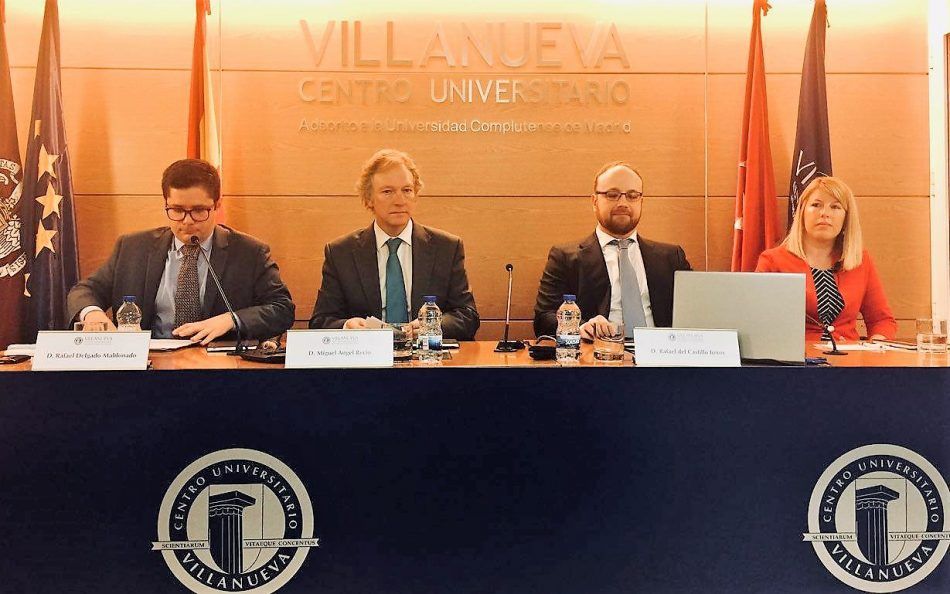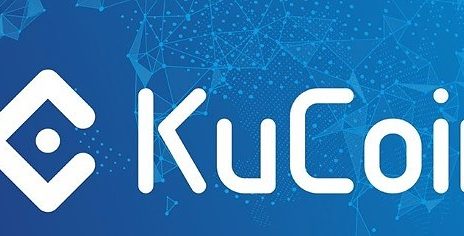Rafael del Castillo Ionov, a lawyer and expert in international cryptocurrency transactions, says big auction houses such as Sotheby’s of Christie’s are researching the application of the blockchain technology on their business model.
Del Castillo participated in a round table called “Art, culture and blockchain: new legal challenges”, organized by the Asociación Derecho de la Cultura (ADC) in cooperation with the Centro Universitario Villanueva de Madrid. Besides Rafael Del Castillo, other participants were Cristina Martínez-Tercero, an expert in industrial and intellectual property, Miguel Ángel Recio, specialist for cultural management and Rafael Delgado Maldonado de Guevara, a lawyer and journalist, the president of the ADC and expert in historical patrimony.
Del Castillo talked about the application of the blockchain technology in cultural and creative industries from a legal and merchant point of view. He explained that the blockchain will seriously affect the intermediate role of the auction houses. Del Castillo, the assistant general manager for corporate and legal matters at RusHydro, affirmed that Sotheby’s billed more than four billion dollars in 2016 by acting as an intermediary between buyers and sellers. The auction house verified the authenticity of the artwork and organized the transactions. Del Castillo said: “The blockchain technology allows the creation of digital records of authenticity certificates and certificates of origin which can be used to verify the authenticity of an artwork and offer a historical records of a particular artwork.”
The lawyer affirmed that the galleries would need to reinvent their business models if they do not want to disappear. He mentioned the case of Maecenas, a blockchain company that is democratizing the access to the artwork by dividing each painting in fragments that could be acquired with tokens.
Del Castillo also talked about the tokenization and its significance for the cultural and creative industries: “The operators could finance their projects through an initial coin offering (ICO), which would allow them to convert artworks with low liquidity and elevated value into negotiable financial units with higher liquidity, as if they were stocks. It is an authentic process of democratization of the art that would stop being an investment asset reserved only for big players and companies.”
Rafael Del Castillo will soon be publishing a book about the ICOs and the tokenization of the economy, with a special focus on the legal problems related to these processes. His goal is to create a system that would provide legal security and allow to use all the potential of the blockchain technology.
On the other hand, Cristina Martínez-Tercero talked about the impact of the blockchain technology on intellectual property and the great contributions of this innovative technology in the field of copyright. One of the advantages of the blockchain technology is that it offers a fairer model of automatic retribution for the content. She also explained the application of the blockchain technology when it comes the distribution chain and fight against forgery.
Finally, Miguel Ángel Recio pointed out the necessity to tackle the modernization of the culture in order to adapt it for the world in which we are living and make it more expansive. He mentioned the fact that the cultural industries represent 3.5% of the Spanish GDP.




